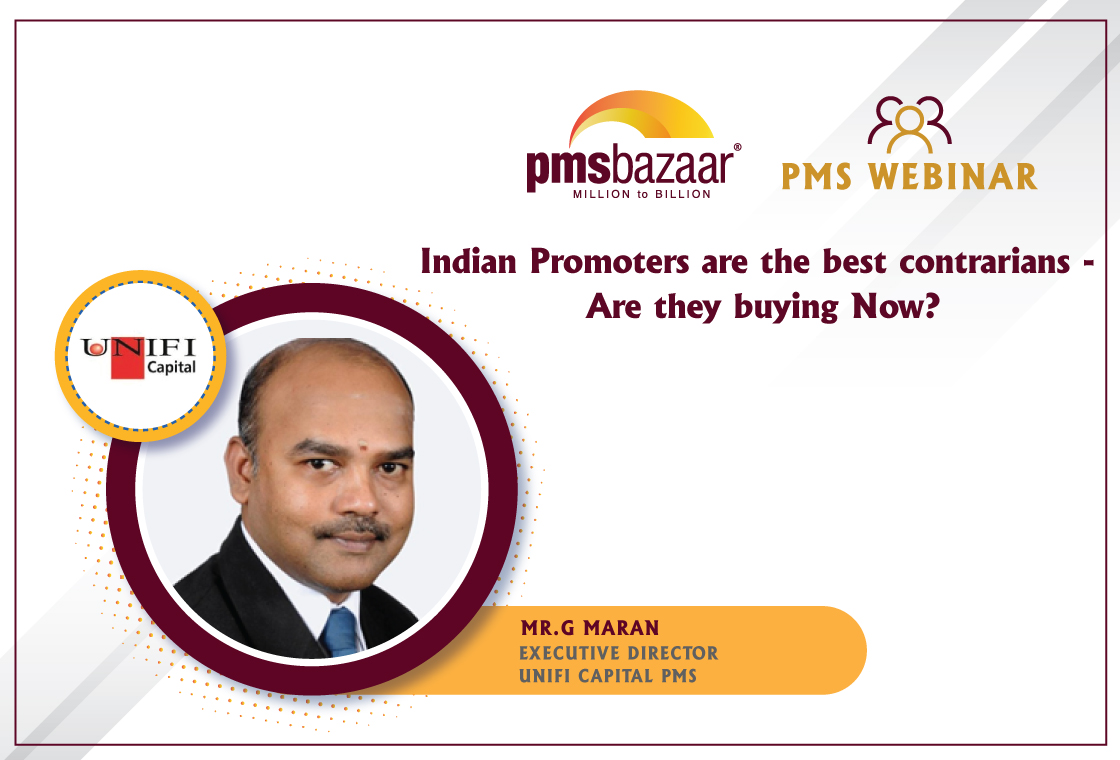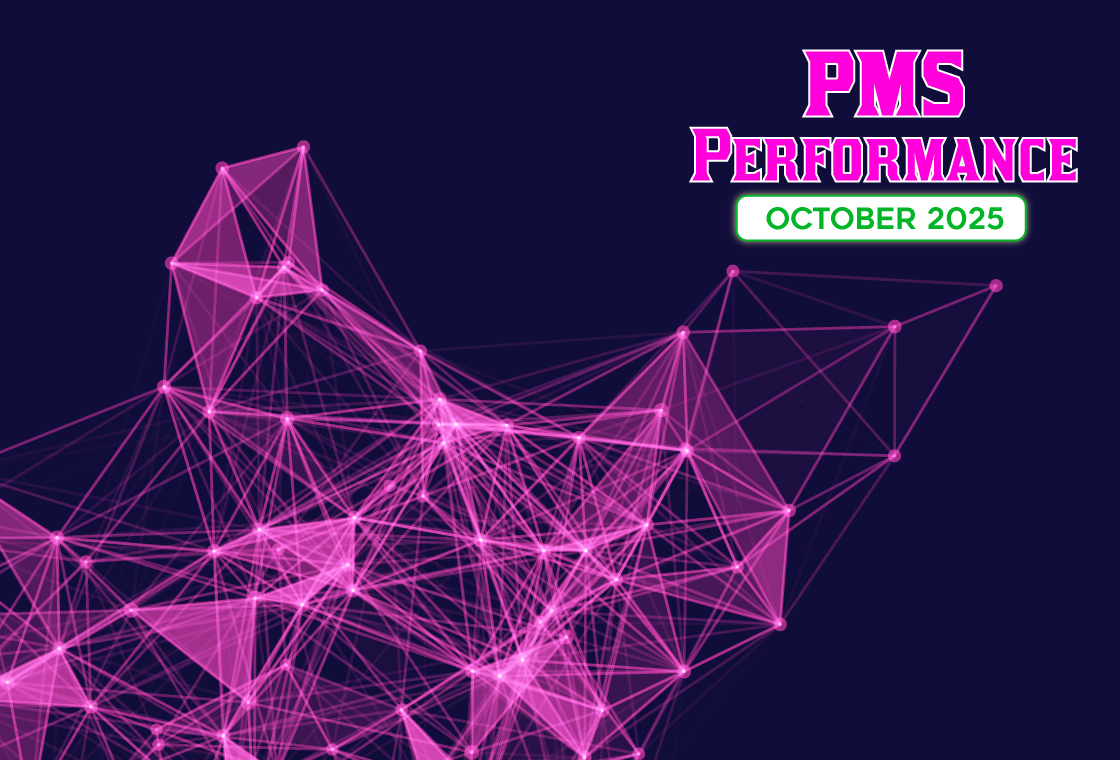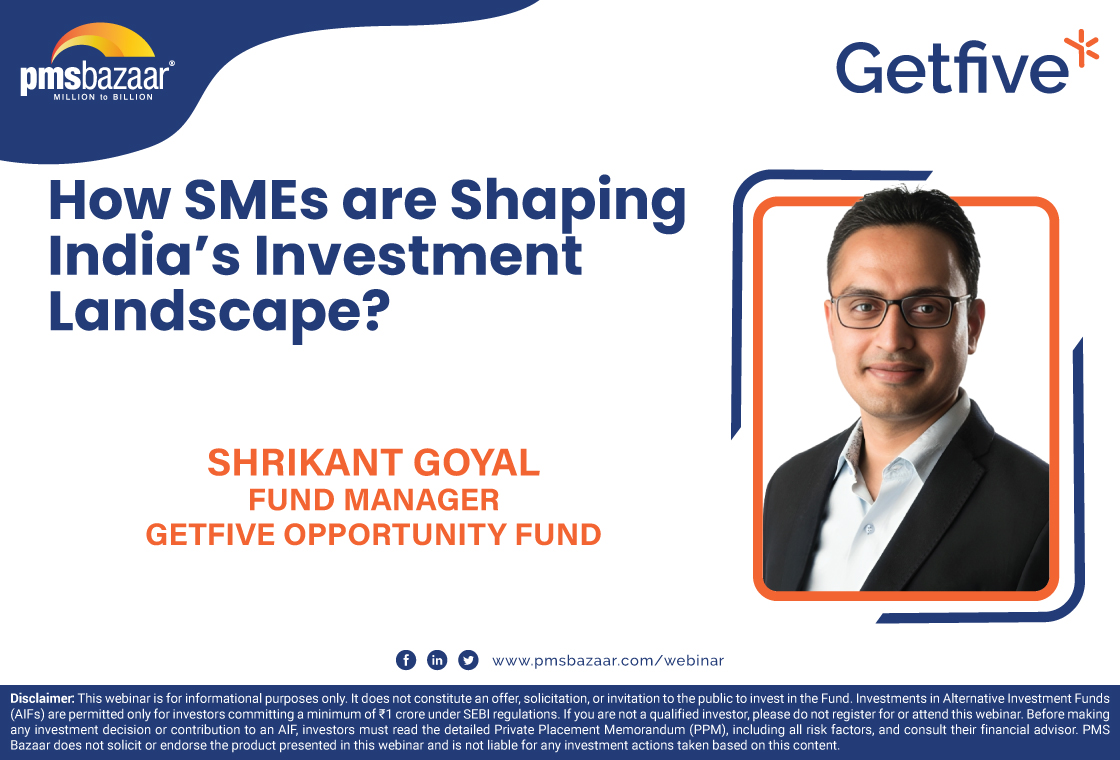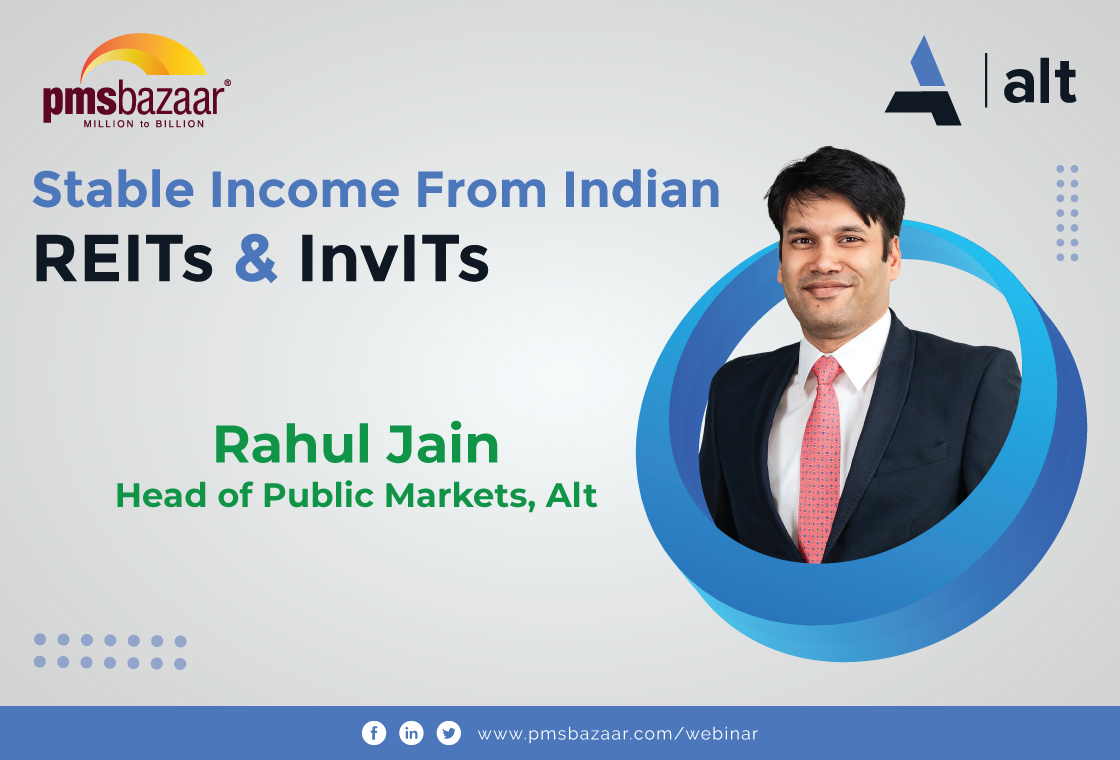One of the major differences between developed markets and India is the way management and owner(s) operate. In countries like the US and Europe, the ultimate owner/promoter of a listed company and executive management are different. But, in India management and ownership are often married to each other. So, when the promoter raises their stake in a company, there should be a lot of interest in knowing why that happened. "Promoters may have a hundred reasons to sell, but they usually have one major reason to buy," says G. Maran, Executive Director, Unifi Capital in an exclusive webinar with PMS Bazaar.

Maran, with his over 27 years in the capital markets, knows a thing or two about promoter buying just as every promoter knows something that Mr. Market doesn't. The argument for being interested in a stock where the promoter has boosted stake is a simple, yet compelling one. Whenever the controlling shareholders find their stock trading at a significant discount to their perceived intrinsic value, they buy their companies’ shares and increase their stakes. Historic trends prove how such companies outperform broader markets by a wide margin over a period of time.
Unifi Capital has a PMS strategy where it tracks disclosures made by companies to stock exchanges regarding share purchases by controlling shareholders and uses that as a starting point to filter fundamentally sound stocks for a portfolio. Called the Insider Shadow Fund, the product has been lapped up by investors due to this unique theme. In a 1.30-hour-long webinar, Maran explained the nitty-gritty of promoter buying and answered investor queries, enriching the platform and knowledge of participants. Read on to know more.
Management-ownership
According to an Unifi study, more than 370 companies out of the top 500 India-listed firms have a Managing Director who is either with the promoter or appointed by the promoter. Clearly, Executive management and Owners are pretty close here. There is a lot of attention on institutional ownership in India, it is actually promoter ownership that seems equally distributed as you go along the cap-curve in India. In the top 100 companies, the promoter stake is 53%. In the next 150 firms, promoters hold 59%. In the next 250 companies, promoters hold 56%, says Maran.
These data show that owners/promoters usually have huge skin in the game and it is the interest of investors to track promoter share transaction activity, especially where there is a pattern of buying. Of course, there will be exceptions like HDFC that do not have a promoter so to speak. But, exceptions do not make a rule.
Methods promoter use to boost
stake
There are 5 usual methods promoters use to increase the stake.
* Creeping acquisition in markets - Usually, promoters can buy up to 5% stake in their companies through this route. This involves 100% upfront payment since promoters usually buy from the open market.
* Preferential shares issues - This is an offering of shares or convertible securities to a select group of investors, usually promoters, to raise capital. This helps promoters boost stake and provide the company with much-needed capital.
* Warrants - In this route, the promoters get a right to acquire new shares from the company at a fixed price by paying some money upfront. After warrants are allotted to the promoters, then they may approach the company any time within a time period and get shares at the predetermined price.
* Rights issues - A rights issue is an invitation to existing shareholders to buy additional new shares in the company. Thus, all existing shareholders can choose to exercise this 'right'. Often, only a few like promoters exercise this 'right'.
* Promoters not participating in buyback - Many of the cash-rich companies out with buyback offers where the company agrees to buy a portion of shares from shareholders. After buying them back, the shares are extinguished, thus reducing the equity base of the company. In case promoters choose not to participate in buybacks, their stake automatically rises if others participate.
History lessons
Given his nearly three-decades-long experience in markets, Maran shared quite a few practical takeaways from when promoters buy shares or raise stake in their company.
In 2008 when markets fell 50% in that calendar year, 120 companies out of BSE-500 saw promoters boost their stake. In 2009 after the bounce back, there was a decline in the number of companies where promoters increased stake.
“From 2013 to 2014 when markets were flat, promoters kept on buying stake. Between 2014 and 2017 markets were up and midcap index tripled. In 2017, the number of companies where promoters raised stake was at a 10-year low. But that was the time when MF, FII inflows were at a record high. There were a huge number of IPOs. Even in 2020 March when people were paralyzed, promoters took a contrarian approach," shares Maran.
One of the important things that investors should remember is that while promoters buy as the market declines, they are not perfect timers. They do not know when valuations will reach the bottom. But when markets fall, promoters are known to increase the stake. "While a majority of companies where promoters buy tend to outperform the broad market over a long period, sometimes they generally move in line with the market in the short-term. Hence one may even observe such companies fall soon after the promoter-buying if the markets are volatile at that point in time. In recent times, you can see how even after promoters of Tata Motors and Lupin bought shares, the respective stock continued to decline," says Maran.
Contra investing by promoters is what probably sets them aside from other buyers. During 2018 and 2019 FMCG and Consumer Discretionary sectors were one of the best performers. "But these sectors have seen only 9% of the total promoter buying happened during the period. On the contrary, the lowest return sectors during this period were Auto, Pharma, Metals and these 3 sectors saw 35% of total promoter buying happening in this period," the Unifi Capital co-founder adds.
Best and worst
One of the prominent non-bank financial services companies with a big brokerage brand is an example of how smart promoters bought stock. Firstly, the company did its IPO near the market peak in 2007. The stock after the initial burst remained range-bound with a negative bias. That is when the buyback happened in 2013. "By 2018, this stock was up 10x," quips Maran.
Unifi Capital did a study of the last 15 years to see how a stock that saw promoter buying performed in the subsequent 3 years. In about 11% of cases, stock hasn't moved even after 3 years since promoter buying. In 14-15% cases, stocks moved but returns were barely in single digits. "But, in over 70% cases investor returns were substantial. I don't want to put a number. When you put any number that is 20%, 25% IRR, it's not sustainable we all know, but that number in a conversation gets anchored in an investor's mind," says Maran.
Maran, who doesn't watch TV but reads newspapers, is very clear about the promoter buying signal. "When they buy, it deserves our attention. If you see a significant number of promoters buying that gives you enough (idea) about markets and valuations. On the other hand, when you see a significant number of dilutions across or in a sector, take that seriously too," he says.
Key takeaways
Maran gives very important teachings about 6 key questions about promoter buying.
* Should investors buy when promoters buy - Not necessarily
* Should investors evaluate when promoters buy - Absolutely yes
* Is a pattern of promoter activity a better reflection of market valuation than a few trades - Yes
* Is a trend of promoter activity in a particular sector a better reflection of valuation - Yes. This was seen in the Pharma sector in FY18-19 or Auto sector in 2019.
* Is movement in promoter shareholding more important than absolute stake - Yes. The absolute numbers are not as important as the numbers in a relative sense (up or down)
Before signing off, the Unifi Capital co-founder invoked the immortal words of John Templeton - Bull markets are born on pessimism, grown on skepticism, mature on optimism, and die on euphoria. "When everybody starts talking about markets, it is probably time to sell. But, people have been skeptical of Indian markets 6 months ago as they are today, this is a signal," Maran concludes. That is some food for thought for all investors out there!
Those who missed the opportunity to hear from the Experts directly can listen to the entire session through the appended link:
For more information, please contact info@pmsbazaar.com
Recent Blogs
.jpg)
Passively Active Investing — A Modern Investor’s Lens on ETF-Based PMS
PMS Bazaar recently organized a webinar titled “Passively Active Investing — A Modern Investor’s Lens on ETF-Based PMS,” which featured Mr. Karan Bhatia, Co-Founder and Co-Fund Manager , Pricebridge Honeycomb ETF PMs. This blog covers the important points shared in this insightful webinar.

Spot the Trouble: Red Flags in Equity Investment Analysis
PMS Bazaar recently organized a webinar titled “Spot the Trouble: Red Flags in Equity Investment Analysis,” which featured Mr. Arpit Shah, Co-Founder & Director, Care Portfolio Managers. This blog covers the important points shared in this insightful webinar.

Long-Only AIFs Rebound Sharply in October; Long-Short Strategies Lag Despite Lower Volatility
106 long-only AIFs averaged 3.68% vs 32 long-short AIFs at 2.7%; only 24–31% of funds beat key indices

Markets log strongest monthly gains in 7 months; PMS performance turns near-uniform in October
Nifty 50 TRI gained 4.62%, BSE 500 TRI rose 4.27%; 415 of 427 equity PMSes ended positive

How SMEs are Shaping India’s Investment Landscape?
PMS Bazaar recently organized a webinar titled “How SMEs are Shaping India’s Investment Landscape?” which featured Mr. Shrikant Goyal, Fund Manager, GetFive Opportunity Fund.

Stable Income from Indian REITs and InvITs
PMS Bazaar recently organized a webinar titled “Stable Income from Indian REITs and InvITs,” which featured Mr. Rahul Jain, Head of Public Markets, Alt.

5 Key Considerations Before Investing in AIFs in India
Alternative Investment Funds (AIFs) have emerged as a compelling option for sophisticated investors seeking diversification and potentially superior returns. But venturing into AIFs requires a clear understanding of their unique characteristics that go beyond simply knowing what they are and their categories.

How AIF can help in diversification?
Traditionally, Indian investors have relied on a mix of stocks and bonds to build their wealth. While this approach offers diversification, it can still leave your portfolio vulnerable to market fluctuations. Enter Alternative Investment Funds (AIFs), a dynamic asset class gaining traction for its ability to unlock diversification beyond the realm of conventional options.

